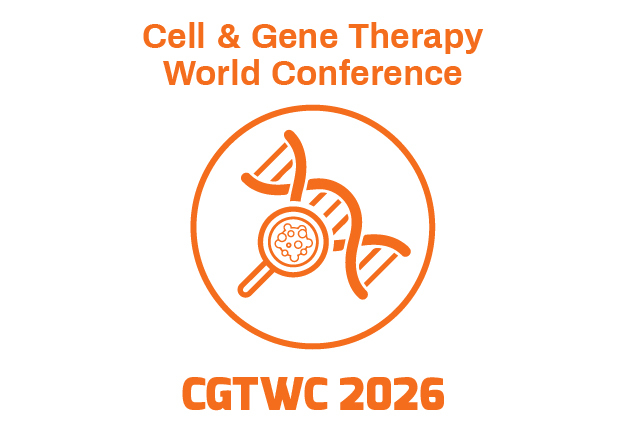Speakers - 2025
Ellie Nguyen
- Designation: South University School of Pharmacy
- Country: United States
- Title: Identification of Novel IDO1 Inhibitors for EBV Associated Diseases: Leveraging in Silico High Throughput Screening and Generative AI Techniques
Abstract
Epstein-Barr virus (EBV), a member of the herpesvirus family and the causative agent of infectious mononucleosis, affects over 90% of the global population. Ongoing scientific investigations continue to reveal its wide-ranging health implications. While the association between EBV and lymphoma, as well as nasopharyngeal cancer, has been well-established for several decades, its connection to gastric cancer was only identified approximately 15 years ago. Furthermore, EBV has been implicated in various autoimmune conditions, including systemic lupus erythematosus, rheumatoid arthritis, and multiple sclerosis. A recent landmark study has provided substantial evidence supporting EBV's role as a primary etiological factor in multiple sclerosis. As research advances, it is anticipated that the full extent of EBV's impact on human health will become increasingly apparent. Recent studies have revealed that the enzyme indoleamine 2,3-dioxygenase 1 (IDO1), essential for de novo NAD biosynthesis, plays a key role in EBV's mechanism for B-cell transformation. Two drugs, Epacadostat and Linrodostat, have been found to inhibit IDO1 activity. This discovery presents IDO1 inhibition as a promising therapeutic target for addressing various EBV-associated conditions. In this study, we utilized a multi-pipeline computer-aided drug design (CADD) approach for in silico high-throughput screening of potential drug candidates. We conducted extensive searches across established databases, including PubChem, ChEMBL, and DrugBank, to identify compounds structurally analogous to Epacadostat and Linrodostat. Additionally, we leveraged advanced Generative AI algorithms to synthesize two million novel compounds with similar structural properties. Through rigorous analysis, we successfully identified four novel compounds exhibiting superior pharmacokinetic and pharmacodynamic profiles, as validated through molecular docking simulations and ADMET analysis. These newly discovered compounds demonstrate significant potential as candidates for further development in the treatment of EBV-associated diseases.


